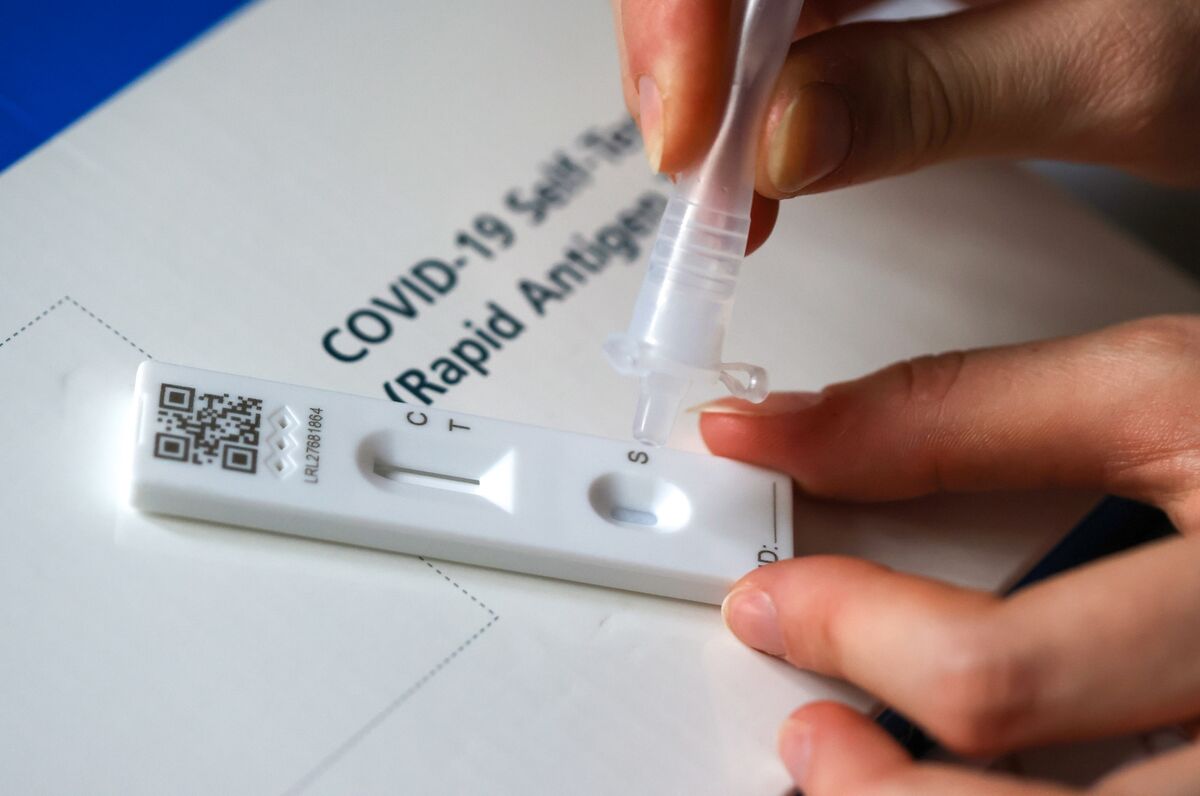Did you catch the latest on COVID-19 variants? It seems like there’s a new player in town causing a stir. More than a third of COVID-19 cases in the U.S. are now linked to a rapidly spreading variant known as KP.2, part of the FLiRT family of variants. These variants, named for their small but distinct changes from the JN.1 strain, have been making waves since the winter wave of infections.
The Centers for Disease Control and Prevention (CDC) estimates that KP.2 and its cousin KP.1.1 account for about 35.3% of infections this week, a significant jump from just 7.1% a month ago. Despite its prevalence, the CDC reassures that the risk to the public remains low, as transmission rates of the SARS-CoV-2 virus are currently low.
Unlike some previous variants that raised alarm with major mutations, KP.2 doesn’t pose significant concerns. However, its rapid spread has prompted the Food and Drug Administration (FDA) to delay a key step in selecting strains for next season’s COVID-19 vaccines, citing the need for more up-to-date data.
While federal reporting requirements for COVID-19 data have lapsed, the CDC continues to track virus activity through various means, including wastewater testing and emergency room data.
So, what do we know about this new variant? KP.2, along with its close relative JN.1.16, accounts for a growing proportion of COVID-19 cases. However, it’s important to note that data on these variants is still evolving.
The FLiRT variants get their name from distinctive mutations observed in the spike protein of the virus. While concerns about changes in symptoms have been raised, current data suggests no significant differences between KP.2 and other strains.
As for vaccine effectiveness, the CDC hasn’t altered its recommendations, but the emergence of KP.2 could influence future vaccine selection. Pfizer and Novavax have conducted research on their vaccines’ effectiveness against KP.2, with promising results.
While there’s still much to learn about these variants, continued surveillance and research will be key in navigating the ongoing COVID-19 pandemic.















































